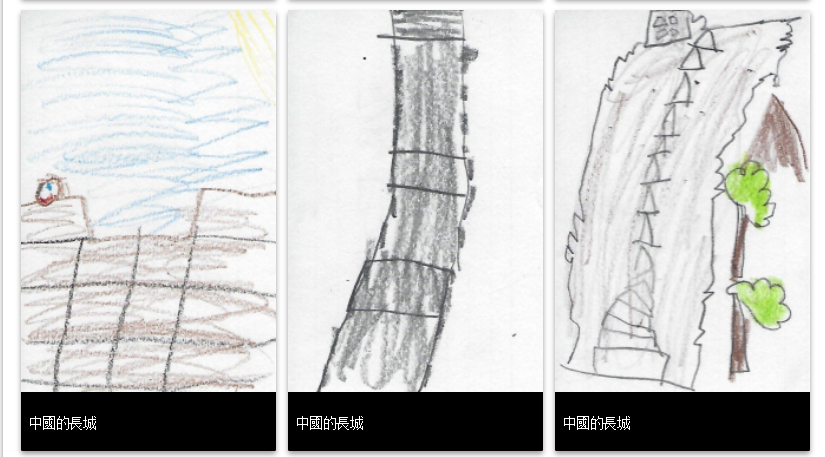Summary
Students will learn the similarities between the problems that face America today and those encountered by the Roman Empire just before its fall. They research information on both current events and Roman History and develop a method to share these ideas with the rest of the world with the goal of making people aware of these problems using lessons from History to preview what could happen to America.
After a review of the factors that contributed to Rome’s fall and of the current events readings assigned for homework, students will work in small groups to decide the best method to share information with the rest of the world. (examples: create a website, a viral video, a twitter feed, etc.). They’ll then be asked to ‘pitch’ the idea to the instructor who will approve it and give them the assignment rubric and instructions, or be sent back for more project development.
The final product will show its audience the parallels between 3rd and 4th century Rome and 21st Century America with warnings about America’s situation. It will be appropriately published to the outside world for all to see.
TIPC Ratings
Ideal/Target – Students are constructing their own questions to guide research and selecting the most appropriate tools and information to complete an authentic task. Sources are cited properly and a rubric includes a category for appropriate sources. Additionally, this research is then powerfully displayed through their campaigns to save America. (Using Twitter, Facebook, comic strips, and video as the medium)
Ideal/Target – Students are choosing and justifying effective means for collaborating and disseminating information with the outside world as well as the most effective tools for communicating within their group. Students are also asked to reflect on the effectiveness of their collaboration each class period as well as upon assignment completion, which is a part of the rubric and their grade. Students not only generated actual Twitter accounts, facebook pages, infographics, and websites; they did so based on their analysis of these tools as effective means for communicating with mass audiences. Students set market penetration goals that became part of their rubric for the amount of “views,” “friends,” or “hits” their product received. Students used several means for communication within groups during project work, based on their own needs. Google docs and email became the most popular methods of sharing information within groups.
Ideal/Target – Student are engaged in critical thinking as they apply lessons learned from ancient history to today’s world. Students also construct the questions that lead them to the focus of their campaign. Throughout the lesson, students are asked to evaluate and reflect as they choose which digital tools and strategies will be the most effective in disseminating this information. Making connections between history and current events is an authentic task that requires high-level thinking.
Ideal/Target – Students are asked to create meaningful original work that make predictions based on the past. As teachers, we’ve created parameters where students are required to synthesize information to take risks and create original work. The most creative products included:
- Two twitter accounts (one Rome, the other America) who were tweeting each other with @ancientrome warning @america_today that they were making the same mistakes and the American tweets were not worried and too cocky to listen.
- A video using Green-Screen technology where the president sent a secret agent to time travel back to Rome to learn lessons to help us today.
- A Google Site that created cartoon strips that showed the fall of Rome
- A comparison of two animated film clips (Winnie the Pooh and Ted) that demonstrated America’s declining morals.
Students had to create these ideas from scratch, “pitch” their marketing campaigns to their teacher, and “sell” the completed concept to a mass audience.
Student Artifact
Download Files

Contents:
- Lesson Plan
- Google Reflection Form
- Student Reflection Results
- Google Doc Action Plan – Student Group Example
- Student Artifact: Google Site & Comic Strip
- Student Artifact: Video using Green Screen
- Student Artifact: Facebook page- America
- Student Artifact: Facebook page- Rome
- Student Artifact: Twitter
- Student Artifact: Prezi





